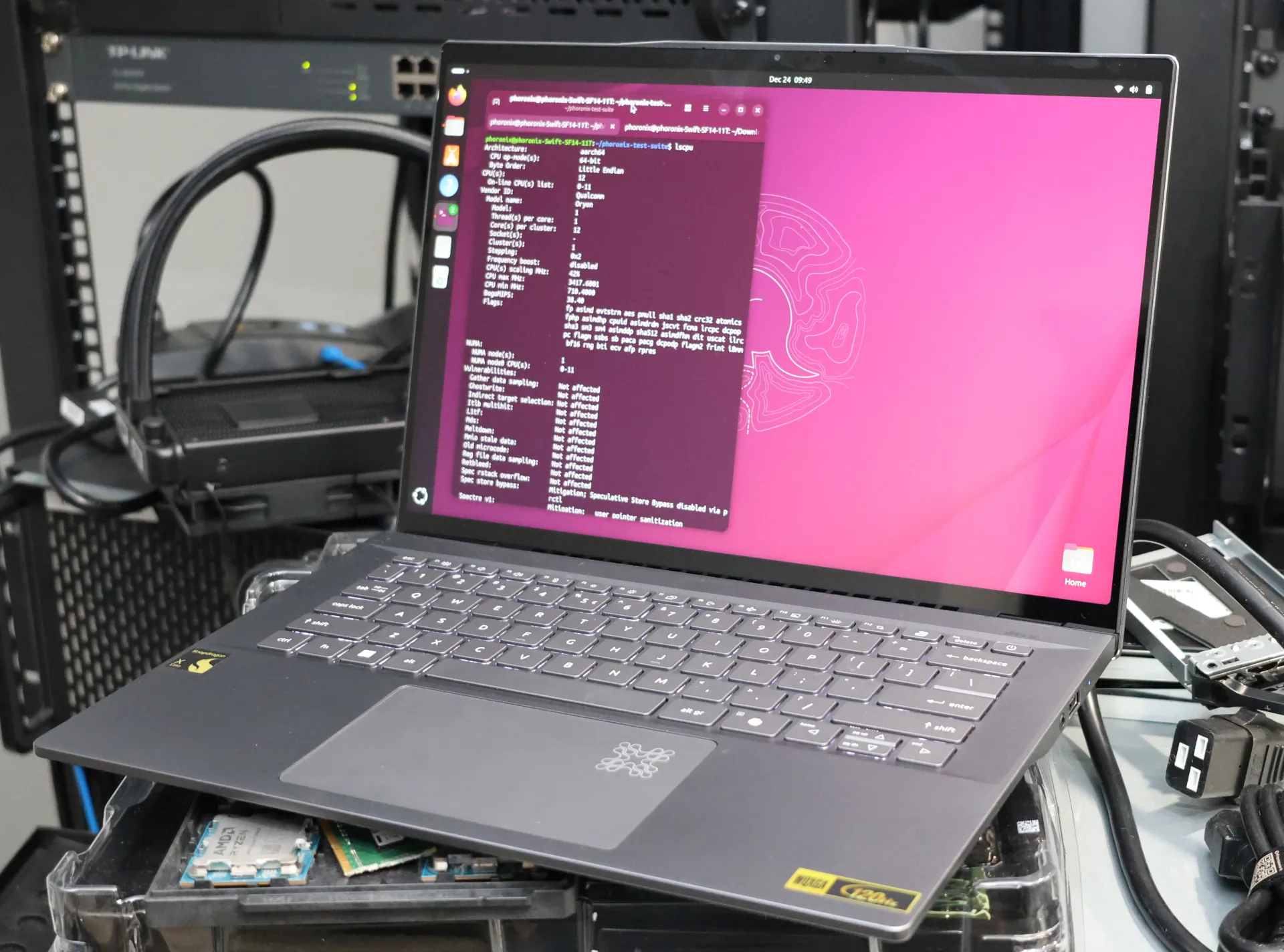MBB Minute: Villanova made it a happy homecoming for head coach Kevin Willard, downing Seton Hall, 64-56, in…
Blog
-

Villanova, St. John’s Win on Tuesday Night
-

‘There’s no going back’: Iran’s women on why they won’t stop flouting dress code laws | Violence against women and girls
On the streets of Iran’s capital, Tehran, young women are increasingly flouting the compulsory hijab laws, posting videos online that show them walking the streets unveiled. Their defiance comes more than three years after the killing of Mahsa…
Continue Reading
-

Griffin Wilde Sets Sights on Bowl Game After All-Big Ten Campaign, Improbable Journey to Northwestern
Junior wide receiver Griffin Wilde and Northwestern held an early 10-0 lead at the end of the first quarter, but by the time the team’s offense took the Wrigley Field turf to open the second half, the script was flipped on its head.It was Nov….
Continue Reading
-

AKEEYO to Showcase AKY-NV-X2 and AKY-730 Pro at CES 2026 in Las Vegas
SHENZHEN, China, Dec. 24, 2025 /PRNewswire/ — AKEEYO is elevating vehicle intelligence at CES 2026 with two revolutionary camera systems. The AKY-NV-X2 11-inch mirror dash cam serves automobile drivers, while the AKY-730…
Continue Reading
-

Snapdragon X Elite Laptop Performance On Linux Ends 2025 Disappointing
As part of my various end-of-year benchmarking comparison articles for looking at the performance evolution of Linux is a fresh look at the Qualcomm Snapdragon X Elite laptop experience when using Ubuntu 25.10 with the latest X1E Concept…
Continue Reading
-

2026 U.S. National Junior Team Final Roster Released
The roster includes eight players who were part of the 2025 gold medal-winning U.S. National Junior Team, including defensemen Logan Hensler (Woodbury, Minn./University of Wisconsin), Cole Hutson (North Barrington, Ill./Boston…
Continue Reading
-

‘Dracula’s Chivito’ looks stunning in this tasty Christmas photo from the Hubble Telescope
Using the Hubble Space Telescope, astronomers have imaged the largest and most chaotic site of planetary birth humanity has ever seen.
Appearing like a stunning cosmic bat, this protoplanetary disk, located around 1,000 light-years away,…
Continue Reading
-

Osteoimmunological Perspective on the Pathophysiological Mechanisms of
Introduction
Rheumatoid Arthritis (RA) is a chronic systemic autoimmune disease characterized by persistent synovitis, progressive joint destruction, and systemic inflammation. Affecting approximately 0.5–1% of the global population, it is a…
Continue Reading
-

What’s new on Prime Video in January, including ‘Beast Games,’ ‘The Night Manager,’ and more – About Amazon
- What’s new on Prime Video in January, including ‘Beast Games,’ ‘The Night Manager,’ and more About Amazon
- Prime Video January 2026 Movie and TV Titles Announced Vital Thrills
- Everything coming to Amazon Prime Video in January: New…
Continue Reading
